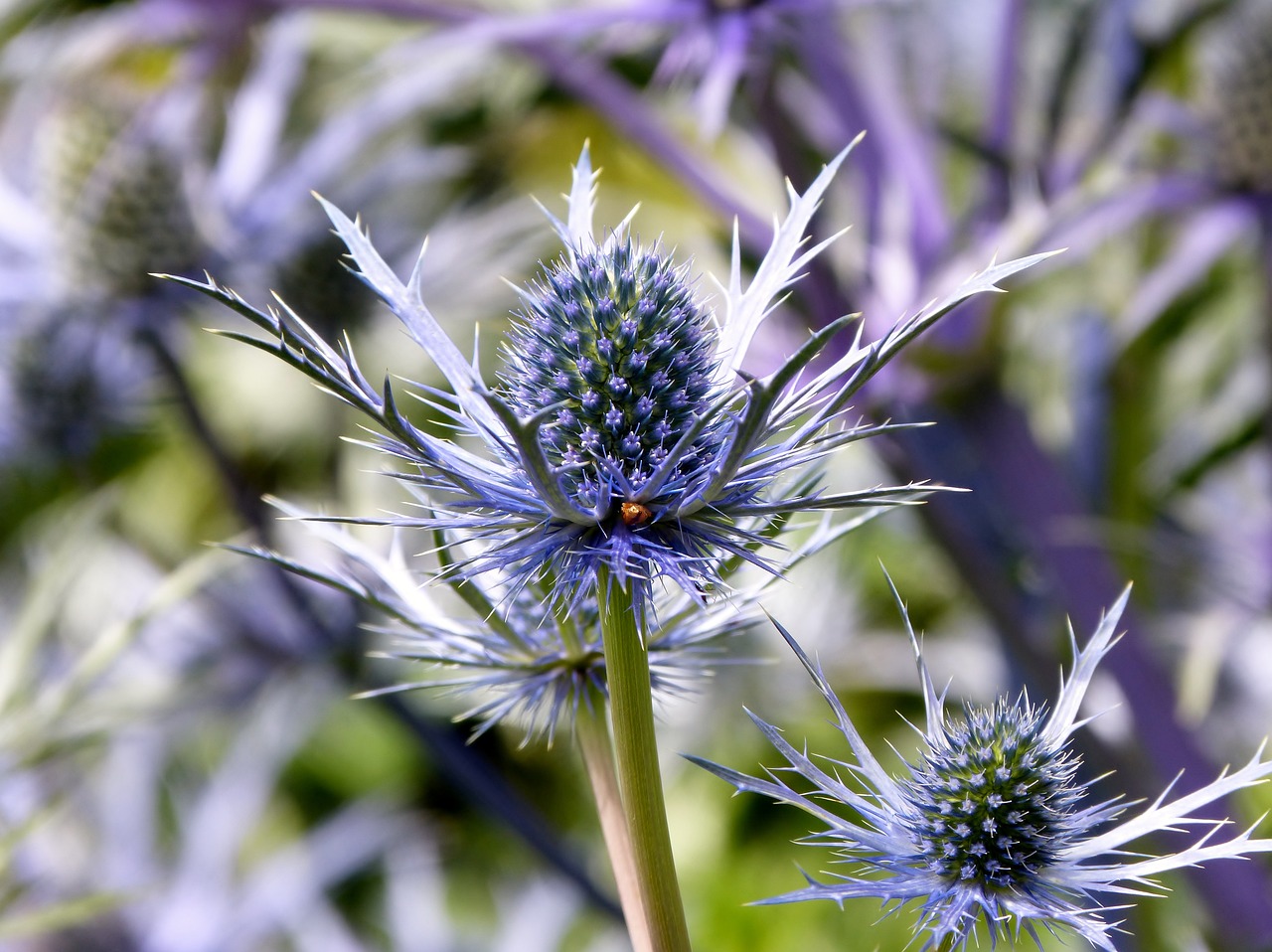
Sea Holly and Planting: Adding a Touch of Elegance to Your Garden
Introduction
When it comes to enhancing the beauty of your garden with unique and captivating plants, sea holly (Eryngium) stands out as a remarkable choice. With its striking blue or silver thistle-like flowers and spiky foliage, sea holly adds a touch of elegance and intrigue to any outdoor space. In this article, we’ll explore the enchanting world of sea holly and provide you with valuable insights on how to successfully plant and care for this exceptional plant.
Table of Contents
- Understanding Sea Holly: A Brief Overview
- Selecting the Perfect Sea Holly Variety for Your Garden
- Preparing the Soil: A Crucial Step for Successful Growth
- Planting Sea Holly: Step-by-Step Guide
- Nurturing and Maintaining Sea Holly
- Combatting Common Pests and Diseases
- Propagation Techniques: Growing Sea Holly from Seeds and Cuttings
- Creative Companion Planting Ideas
- Sea Holly in Floral Arrangements: A Unique Twist
- Harvesting and Preserving Sea Holly
- Frequently Asked Questions (FAQs)
Understanding Sea Holly: A Brief Overview
Sea holly, scientifically known as Eryngium, is a genus of flowering plants that belong to the Apiaceae family. These plants are native to coastal regions and grasslands, known for their distinctive appearance and vibrant colors. Sea holly is cherished not only for its ornamental value but also for its potential medicinal uses.
Selecting the Perfect Sea Holly Variety for Your Garden
When choosing a sea holly variety for your garden, consider factors such as climate, soil type, and the overall aesthetic you wish to achieve. Some popular varieties include Eryngium planum (blue sea holly), Eryngium alpinum (alpine sea holly), and Eryngium giganteum (giant sea holly).
Preparing the Soil: A Crucial Step for Successful Growth
Sea holly thrives in well-draining soil with a slightly alkaline to neutral pH. Amending the soil with organic matter and ensuring proper drainage will create an ideal environment for sea holly to flourish.
Planting Sea Holly: Step-by-Step Guide
- Choose a sunny location in your garden.
- Dig a hole twice the size of the plant’s root ball.
- Gently place the sea holly in the hole and backfill with soil.
- Water the plant thoroughly after planting.
Nurturing and Maintaining Sea Holly
Sea holly requires moderate watering and can tolerate dry conditions once established. Regular deadheading of spent flowers promotes continuous blooming, and applying a balanced fertilizer in spring supports healthy growth.
Combatting Common Pests and Diseases
While sea holly is relatively resistant to pests and diseases, occasional issues like aphids or powdery mildew may arise. Utilize natural remedies or insecticidal soap to address these problems promptly.
Propagation Techniques: Growing Sea Holly from Seeds and Cuttings
Propagating sea holly can be achieved through seeds or stem cuttings. Both methods require attention to detail and a nurturing environment to ensure successful propagation.
Creative Companion Planting Ideas
Pair sea holly with other drought-tolerant plants like lavender and yarrow for a stunning and water-efficient garden display. The contrasting textures and colors create a visually appealing landscape.
Sea Holly in Floral Arrangements: A Unique Twist
Sea holly’s distinctive appearance makes it a sought-after addition to floral arrangements. Its spiky texture and captivating color make it an excellent choice for both fresh and dried bouquets.
Harvesting and Preserving Sea Holly
Harvest sea holly flowers when they are in full bloom. To preserve them, hang the cut stems upside down in a dry, well-ventilated area. Dried sea holly flowers can be used in various craft projects and décor.
Conclusion
Incorporating sea holly into your garden can elevate its allure and create a visually captivating outdoor space. With its enchanting flowers, spiky foliage, and unique charm, sea holly stands as a testament to the beauty and diversity of the plant kingdom.
Frequently Asked Questions (FAQs)
- Is sea holly a perennial plant?
Yes, most sea holly varieties are perennial plants. - Can I grow sea holly in containers?
Absolutely, sea holly can thrive in containers as long as you provide proper care. - Do sea holly flowers attract pollinators?
Yes, sea holly flowers are known to attract bees and butterflies. - Are all sea holly varieties blue in color?
While blue is a common color, sea holly flowers can also be silver, white, or green. - Is sea holly deer-resistant?
Yes, sea holly is often considered deer-resistant due to its spiky foliage.